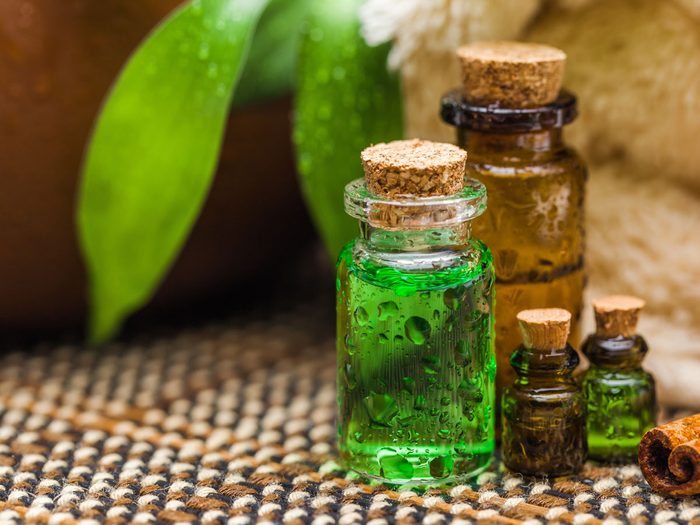
Must-have: Tea tree oil
Tea tree oil, also called melaleuca alternifolia, is native to Australia and is best known for its antiseptic benefits. It can be applied to bug bites, minor wounds and fungal infections, mixed with cleansers and creams to target acne and even added to water for use as a household cleaner.
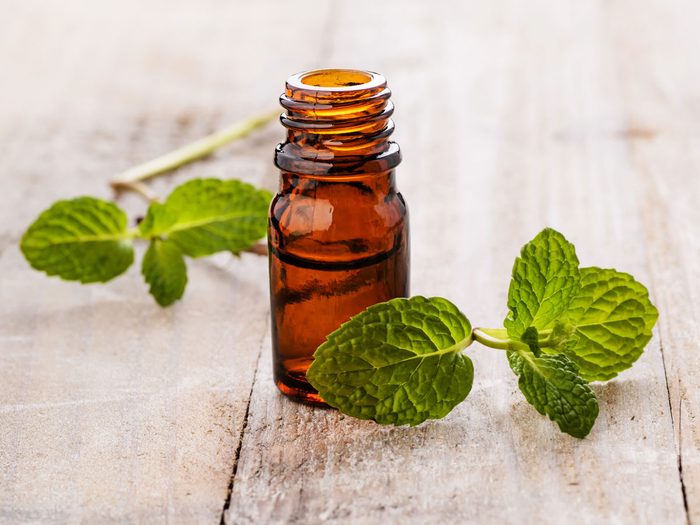
Must-have: Peppermint oil
A cooling oil that’s bright and refreshing, peppermint essential oil has a variety of uses. When applied topically in a carrier oil (to prevent skin irritation), it may relieve headache, muscle pain and even repel mosquitoes. When diffused, it may also minimize colds and coughs. And when ingested, it may even help with indigestion and nausea. You can even add a drop of peppermint to your lemon water for a DIY mouth rinse. (Learn more about the health benefits of peppermint here.)
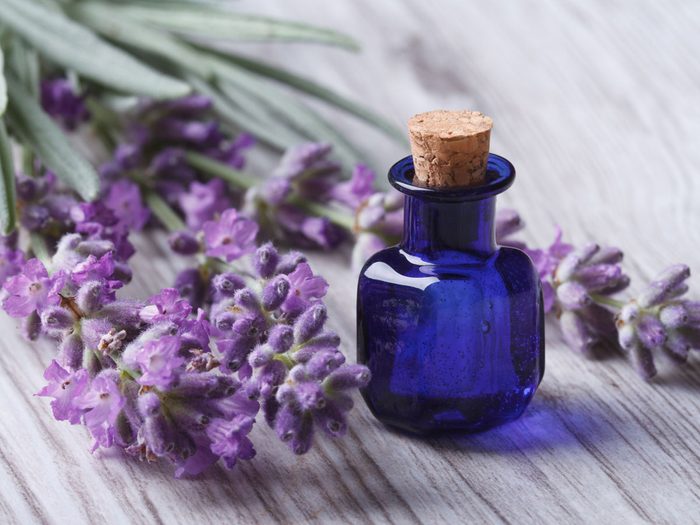
Must-have: Lavender oil
Lavender is a one of the most beloved therapeutic flowering plants (think well-placed sprigs, lavender sachets and massage oil blends) due to the calming and relaxing properties of its terpenes. (Terpenes are fragrant molecules also found in cannabis.) In essential oil form, lavender has been proven to improve sleep and reduce anxiety in patients with coronary artery disease and can be added to bath water, spritzed on sheets or dabbed on the temples when blended with a carrier oil.
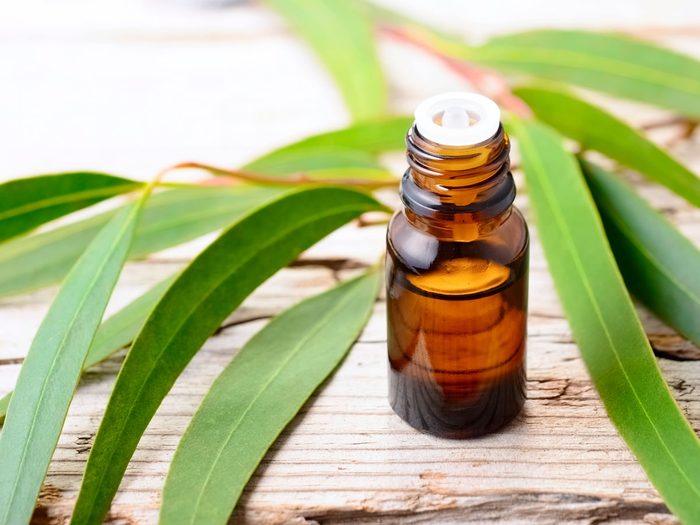
Must-have: Eucalyptus oil
Distilled from eucalyptus trees, also called gum trees, eucalyptus oil has long been used in alternative medicine as a naturally-derived remedy for respiratory issues such as asthma, bronchitis and coughs. It also may ease congestion, reduce pain and fight inflammation. Mix a few drops of eucalyptus with a carrier oil and apply it to the throat, chest or back of the neck to help relieve symptoms or gargle a few drops mixed with water to fight bad breath.
Got a sore throat or cough that won’t quit? Try these natural ways to deal with a nagging cough.
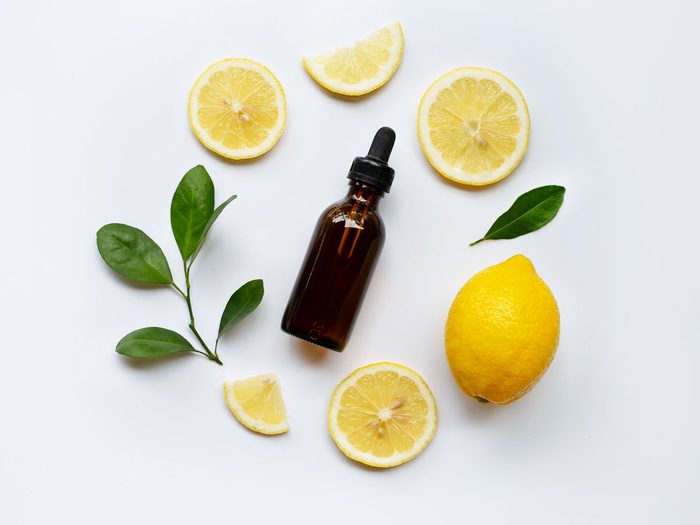
Must-have: Lemon oil
Citrus oils—whether bergamot, orange, grapefruit or lemon—are ideal for revitalizing the senses and improving mood when diffused or applied to the skin. Lemon oil in particular is also a great purifier and can even be used to polish wood furniture, protect leather furniture and remove early stages of silver tarnish.
Just be sure you’re using your essential oils safely. Here are 6 mistakes to avoid.
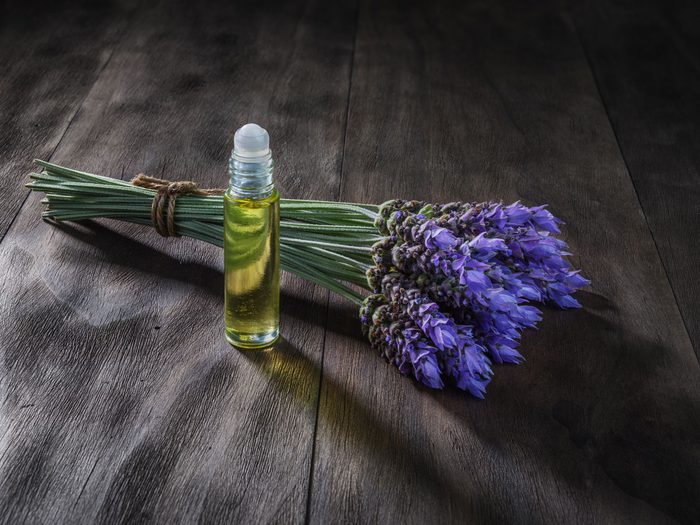
An essential oil blend for: Headaches
On its own, peppermint oil is great for headaches because it contains menthol, which can help relax muscles and minimize pain. Add lavender to help ease a common cause of tense muscles: feelings of stress. Mix the duo with a carrier oil and apply to your temples and the back of your neck. (You’ll also want to determine exactly what type of headache you have.)
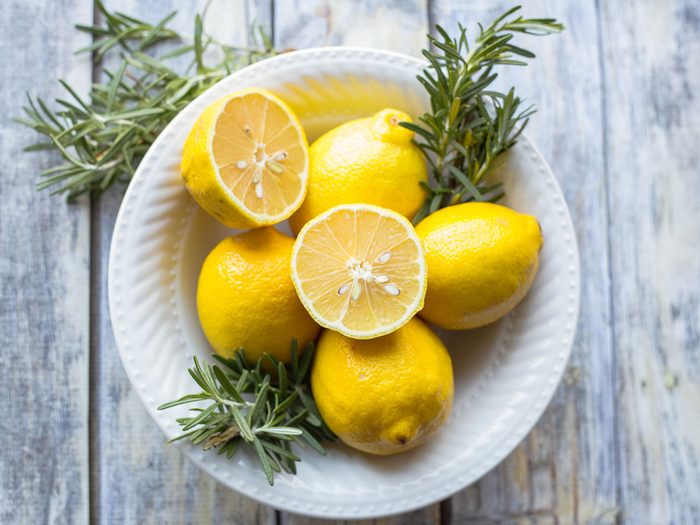
An essential oil blend for: Energy
Invigorate yourself when you’re feeling tired, down or unmotivated with a blend of Peppermint, Lemon and Rosemary. All three oils are zesty and uplifting and rosemary can help calm nerves and combat fatigue. Mix a drop of each oil with a carrier oil, apply to your wrists or hands and inhale. And stay away from these surprising things that drain your energy.
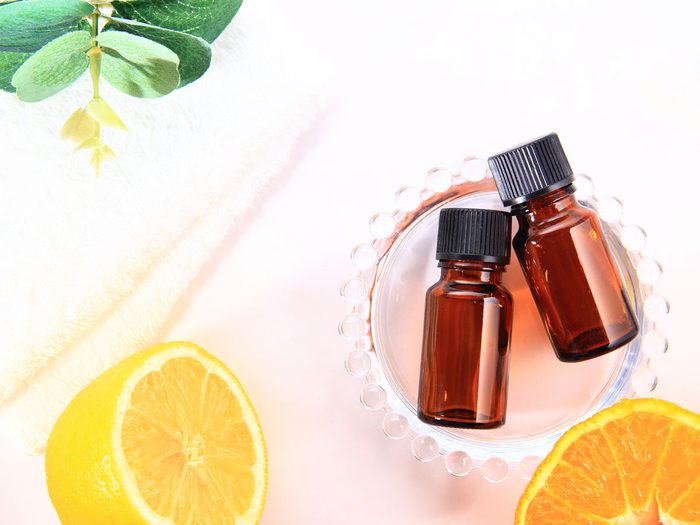
An essential oil blend for: Colds
Combine Eucalyptus with Tea Tree and Lemon for an essential oil blend that’s energizing (thanks to the lemon), antibacterial (due to the tea tree) and encourages clear breathing (with help from the eucalyptus). Add several drops of each oil to your diffuser, or place a few drops into your hands while in the shower, bring to your nose and breathe deeply. You can also add the blend to water and spray it on germ-carrying surfaces in your kitchen and bathroom.
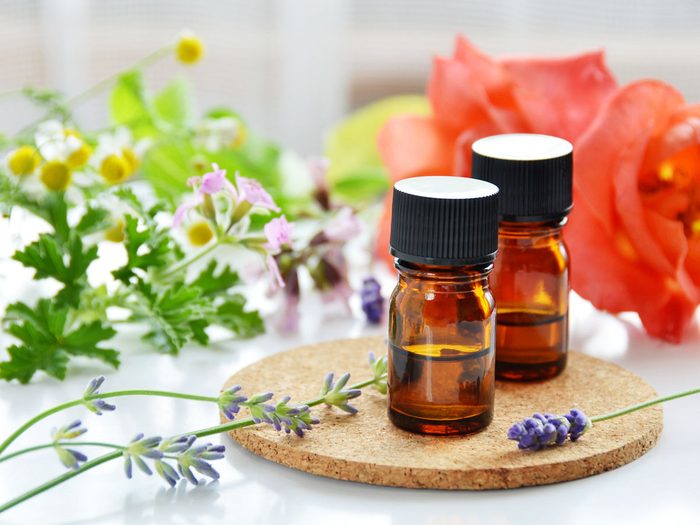
An essential oil blend for: Sleep
Mix Lavender, Geranium and Ylang Ylang if you need a more restful sleep. In addition to the relaxing properties of lavender, geranium calms nerves and lessens feelings of stress and ylang ylang promotes positive vibes. You can add a few drops of the blend to your pillowcases and bedding, use three to four drops in a diffuser or add the mix to your bath water. (Here’s what happens to your body when you relax.)
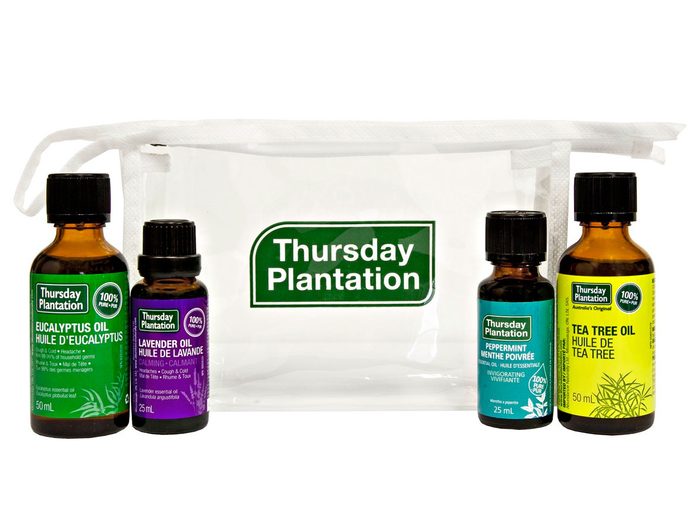
Feeling lazy?
If you want to make a single purchase and be done with it, try Thursday Plantation’s oil intro pack, which includes a 50mL bottle of tea tree oil, 50mL of eucalyptus oil, 25mL of lavender oil and 25mL of peppermint oil. All of the oils are 100-percent pure and contain no adulterants.
$65 at abundancenaturally.com
Essential oils are also popular in homemade beauty treatments. Here’s how to use them in your bath, as a hair treatment and in your moisturizer.
